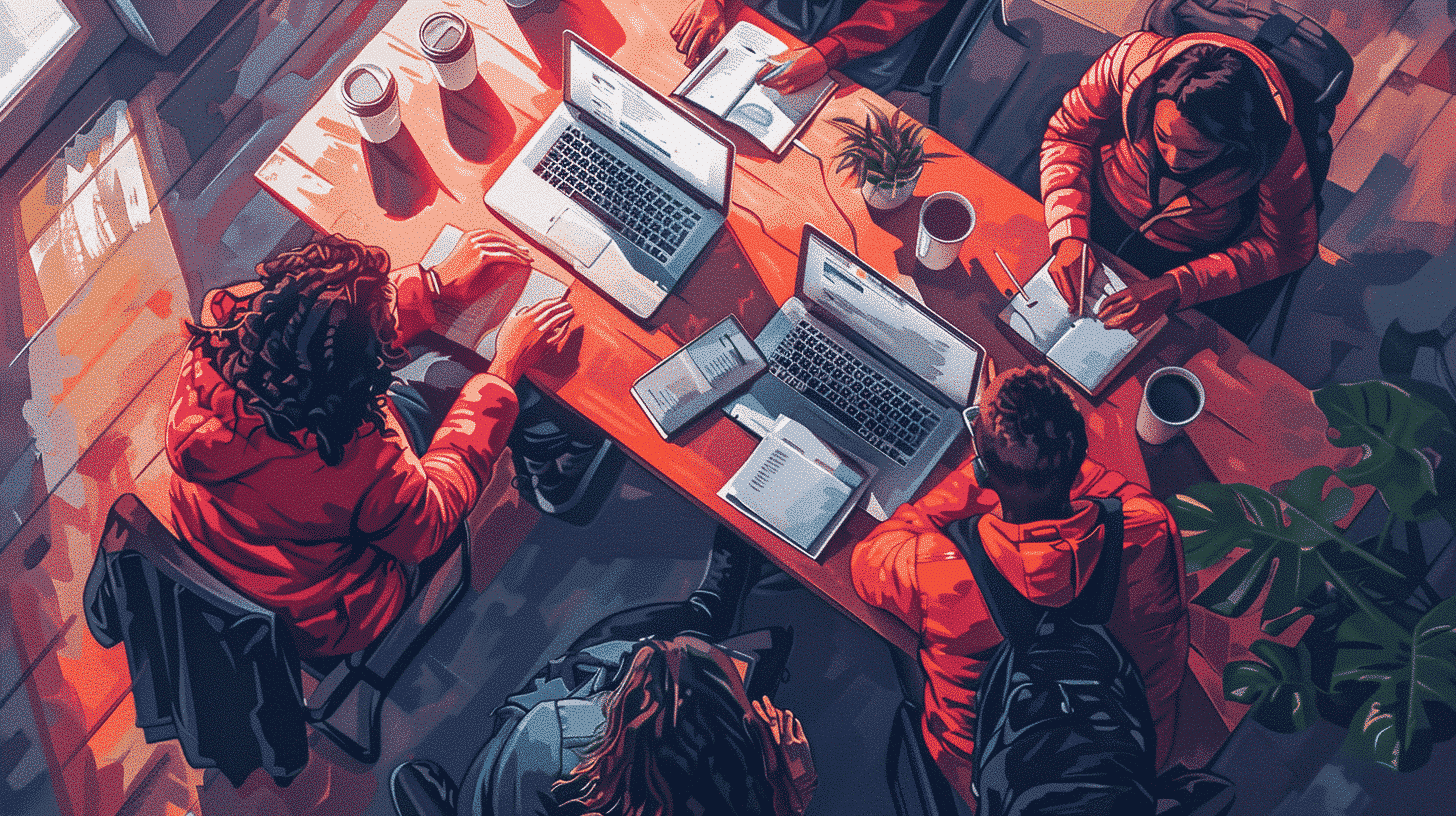Stór (large, big)
Stór is an adjective that describes something of a considerable size, larger than average or what might be expected.
Hann býr í stóru húsi. (He lives in a large house.)
Lítill (small, little)
Lítill refers to something of a minimal size or magnitude.
Þetta er lítill bíll. (This is a small car.)
Fallegur (beautiful, handsome)
Fallegur is used to describe something or someone that is aesthetically pleasing or attractive.
Það var fallegur sólarupprás. (There was a beautiful sunrise.)
Ljótur (ugly)
Ljótur is the opposite of fallegur and is used when something is unpleasant to look at.
Þetta er ljótur bygging. (That is an ugly building.)
Glænýr (brand new)
Glænýr is used to express that something is very new, often just made or released.
Ég keypti mér glænýja tösku. (I bought a brand new bag.)
Gamall (old)
Gamall is used to describe something that has been in existence for a long time or someone of an advanced age.
Þessi bók er mjög gömul. (This book is very old.)
Skemmtilegur (fun, entertaining)
Skemmtilegur is a term describing an event, person, or thing as amusing or enjoyable.
Þetta var skemmtilegur leikur. (That was a fun game.)
Leiðinlegur (boring, tedious)
Leiðinlegur refers to something that is not interesting or exciting, often causing boredom.
Þessi kennslustund var leiðinleg. (This class was boring.)
Góður (good)
Góður describes something of high quality or something positive in nature.
Hann er góður maður. (He is a good man.)
Vondur (bad)
Vondur describes something of poor quality, unpleasant, or unfavorable.
Þetta veður er vont. (This weather is bad.)
Reiður (angry)
Reiður describes a feeling of strong annoyance or displeasure.
Hún var reið við hann. (She was angry with him.)
Heppinn (lucky)
Heppinn is used to describe situations or persons that are favored by luck or good fortune.
Við vorum heppin að sjá norðurljósin. (We were lucky to see the Northern Lights.)
Óheppinn (unlucky)
Óheppinn is the opposite of heppinn, used for someone or something not favored by luck.
Það var óheppni að missa flugið. (It was unlucky to miss the flight.)
Using descriptive adjectives can significantly expand your ability to convey precise meanings and enhance your communication in Icelandic. Remember the importance of adjective agreement, and don’t hesitate to practice these adjectives in context to get more comfortable with their usage. Icelandic can be a beautiful and rewarding language to learn, and mastering descriptors is an essential step in the process. Keep practicing, and enjoy the journey of language learning!









